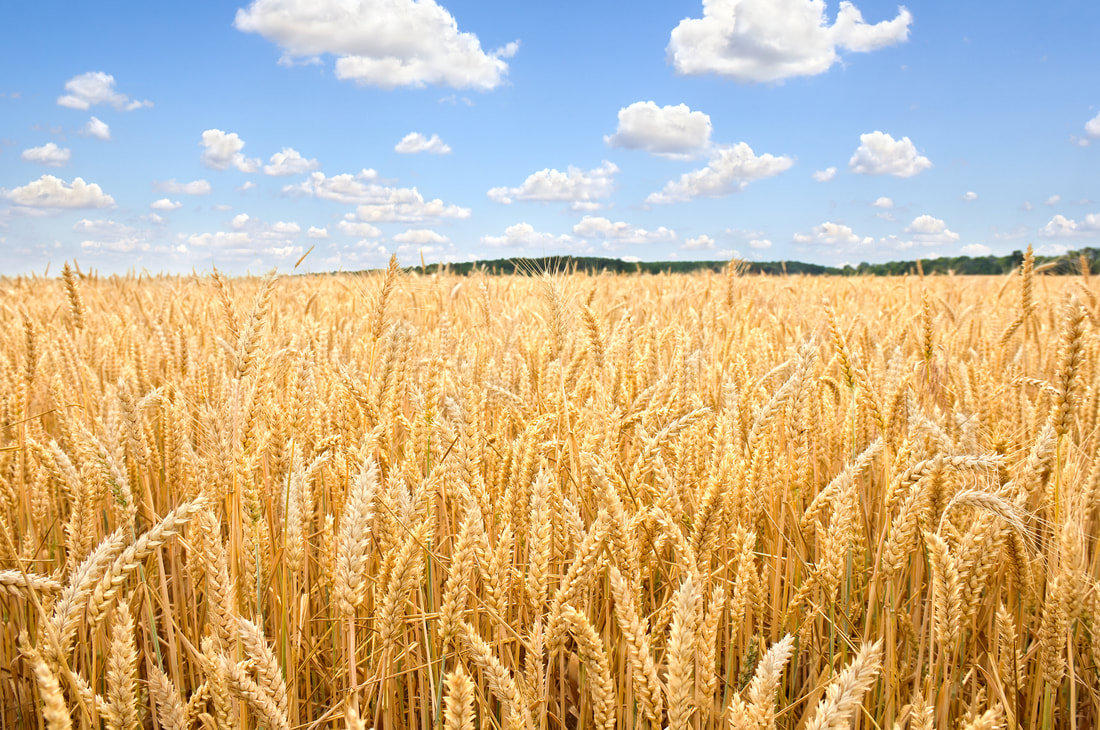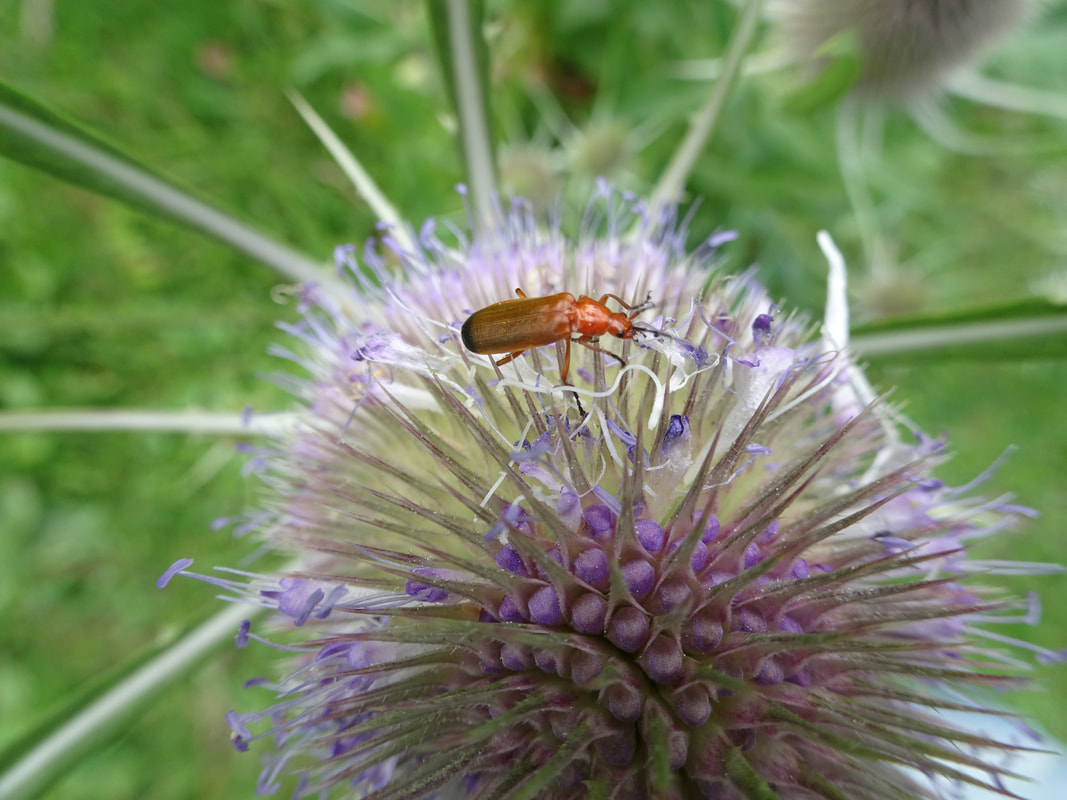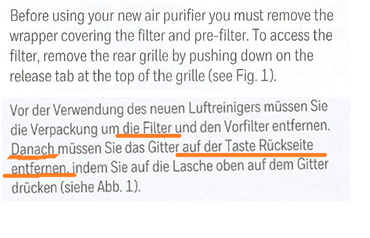I recently met a young boy of around five or six years of age who was enamoured with his family’s smart speaker. To him, Alexa was a friend with outstanding dinosaur knowledge on the other end of a digital line, not a disembodied, computer-generated voice.
Of the many predictions sci-fi and dystopian fiction made, a fair few have come true. One prediction remains frustratingly elusive for researchers though — artificial intelligence (AI). In this post, we’re going to take a look at why linguistic research and work is at the cornerstone of AI advancements.
Alexa, what’s the time?
From home devices like Alexa to automated voice-to-text dictation software, voice activation and AI technology are becoming increasingly commonplace in our lives. In Europe, reports suggest that smart speaker sales will hit 23 million in 2019.
Whether you’re currently calling out to Alexa, Siri, Cortana, or Google, the rise of AI is reaching you. But these devices have limited capabilities because their spoken language skills lag far behind those of a human speaker. Full AI depends on the ability of machines to “speak” as humans do.
Natural language is the goal
Artificial intelligence aims to replicate human intelligence and present humanlike capabilities. So if we are going to have machines we can easily communicate with, AI has to crack the natural language barrier. As MIT cognitive science professor Josh Tenenbaum puts it, “There’s no way you can have an AI system that’s humanlike that doesn’t have language at the heart of it.” Language is “one of the most obvious things that set human intelligence apart.”
At the moment, AI has yet to fully solve natural language use. Smart assistants can “understand” certain words, phrases, and sentences, and deliver appropriate responses, but cannot comprehend the responses they give and are limited by their literal interpretations of utterances.
Natural Language Processing (NLP)
Although some of us are less than wowed by Alexa’s ability to set a timer, play a song, or say “42” when we ask her about the meaning of life, there is some impressive tech going on behind the scenes. In the cloud, Amazon’s Alexa Voice Service (AVS) receives and interprets the recording of our voice then sends the information back to Alexa as an audio file so she can reply.
NLP (not to be confused with neuro-linguistic programming) is what powers smart assistants like Alexa and Siri, and it’s taken us decades to get to the point we’re at now. NLP, a subdiscipline of computer science, is dedicated, in part, to linguistic interaction between humans and computers. More specifically, training machines to analyse and interpret large amounts of human voice data and respond appropriately.
As imaginable, the rules of natural spoken language (many of which are unspoken) are hard for computers to grasp. While a machine is easily capable of collecting, collating, and organising large amounts of data from computational and corpus linguistics, applying the same nuances as human interaction is tricky when it comes to machine-to-human communications. Human sentences also display high levels of ambiguity and are often context-dependent.
This is where linguists come in. NLP requires knowledge of the fundamentals of morphology, syntax, semantics, prosody, and more. And, at its core, a linguist’s job is to describe those fundamentals and actual language use to tease out the unspoken rules that dictate how we interact in utterances.
While tools such as Google’s Parsey McParseface are becoming increasingly adept at breaking down, and, as the name suggests, parsing sentences, there’s still a lot of work to be done and linguists are in demand at computer science units across the world. Digital tools continue to struggle with those aspects of language, such as prepositional phrase attachment ambiguity, that require real-world knowledge.
These same issues spring up in machine translation programs, which are still incapable of matching the skill level of a human who speaks multiple languages fluently.
Linguists of the world, learn to code!
Tech and retail giants such as Google and Amazon are racing to create NLP solutions that will grant them a hefty slice of the voice-tech pie, an industry which some predict is worth a whopping $49 billion. Meanwhile, more scholarly pursuits are being carried out in research labs around the world and linguists with coding abilities are sought after. Is this the new future for traditional theoretical linguistics? I asked Alexa who said, “sorry, I’m not sure.”
One thing is for sure though, AI and voice tech is only going to increase its presence in our lives. While that may seem insidious to some, for others, having a friend on hand to ask about what triceratopses ate, is the norm they will grow up with.





 RSS Feed
RSS Feed